|
Here’s our latest look into tracking Prairie Rattlesnakes at South Table Mountain in partnership with Jefferson County Open Space, VCA Alameda East Veterinary Hospital, and the National Renewable Energy Laboratory. A 2018 research rattlesnake, ST4, on the trail. As anticipated (and discussed in our previous blog), at least two gravid (pregnant) Prairie Rattlesnake mothers gave live birth to neonates around August 19th this year. The exact number of neonates born this year is unknown, but the average litter size for Prairie Rattlesnakes is 12, however this can vary depending on the age and size of the mother (Hammerson, 1999). Moms stay with their neonates through their first skin shed, which is about 7-10 days after birth. The mothers we are tracking have now moved on to find food before winter. A neonate rattlesnake born this August to one of our research snakes. Right now, the neonates are still at the rookery sites, but they may likely be moving on, too. Neonates make a vital push to locate their final meals of the season prior to overwintering. However, some neonates may not be successful. As they move about in search of food, they are easy meals for many predators like birds, skunks, foxes, and even other snakes like Central Plains Milksnakes and Yellow-bellied Racers. (This is normal and neonate snakes are food for other wildlife. In biology jargon, we call this compensatory mortality…and you see this in many other wildlife species such as sea turtles.) A neonate born this year, see how small it is! An adult is about 3-4 feet long. Now what? Well, we’re about ready for the final “push” of the season. All snake species will be seeking final meals and start heading back towards overwintering sites. Snakes may start arriving at overwintering dens by mid-September and this continues through October, but some may not arrive until November, which is less common. This push, along with cooler nights, means that snakes will begin moving more during daylight, increasing the number of snake sightings. Neonate and mom from our 2017 research project on North Table Mountain. Notice the rattle "button" on the neonate! Every time it sheds a new rattle will form! JCOS received two reports of visitor-killed snakes on the trail. Engaging with a snake and leaving a dead snake on the trail is way more dangerous than practicing the 30/30 rule (see below).
This is why killing snakes is not only inhumane, it is also exceptionally dangerous not only to the person killing the snake but also to the hundreds of pets, kids and people that will pass the dead snake after the visitor who killed the snake is long gone.
C.9. Wildlife Protection: It shall be unlawful for any person, or any pet under their custody, control or ownership, to harass, chase, harm, capture, kill, maim or possess any wildlife including, but not limited to, mammals, birds, reptiles, amphibians and fish on Open Space Lands. Fine: $300.00
What should you do if you encounter a rattlesnake on a trail?
What should you do if you are bitten by a rattlesnake?
How should you protect your dog?
The latest look at the rattlesnakes we are tracking on South Table Mountain! Photos by Ryan Borgmann
2 Comments
|
Rattler TattlerAuthorsAdaptation Environmental Team: Bryon, Joe, and Kelly Categories
All
Archives
July 2023
|
|
Copyright © Adaptation Environmental Services L.L.C. circa 2012
|
Denver, Colorado
|

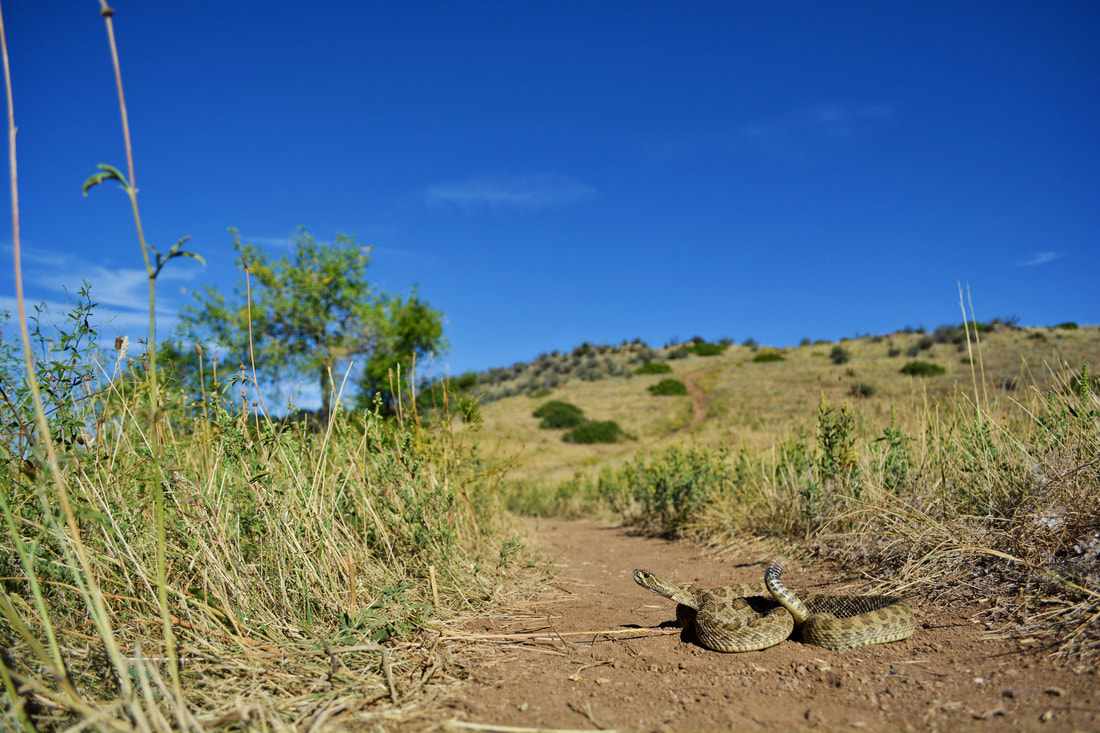
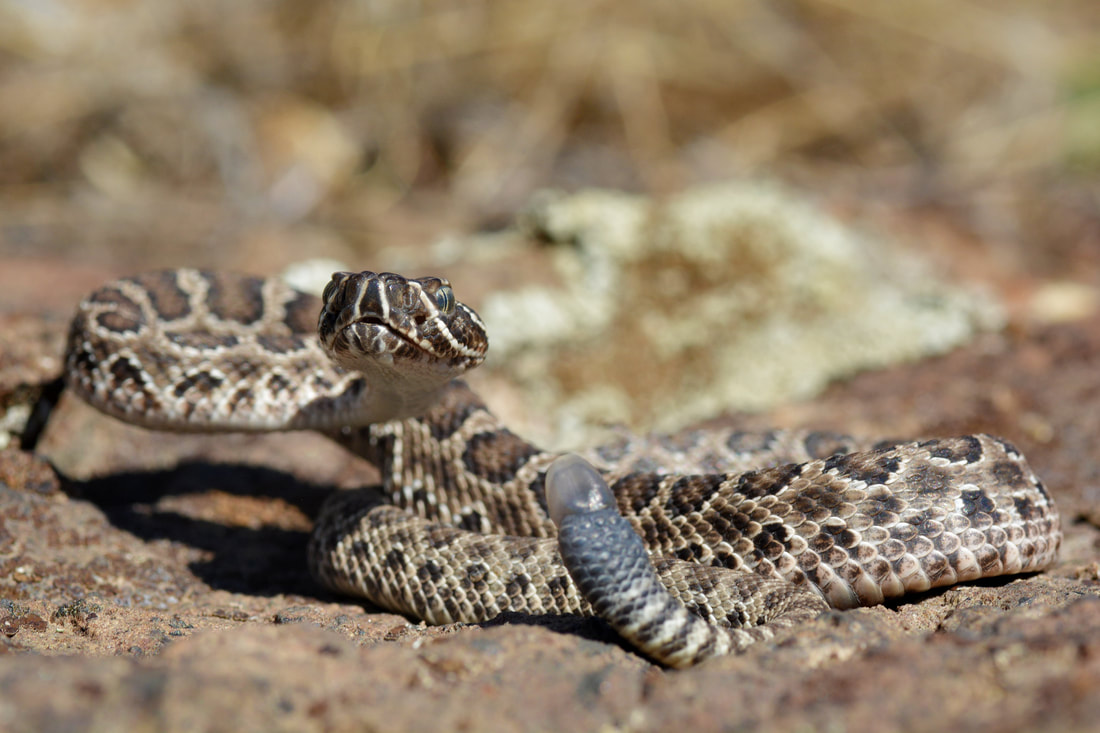
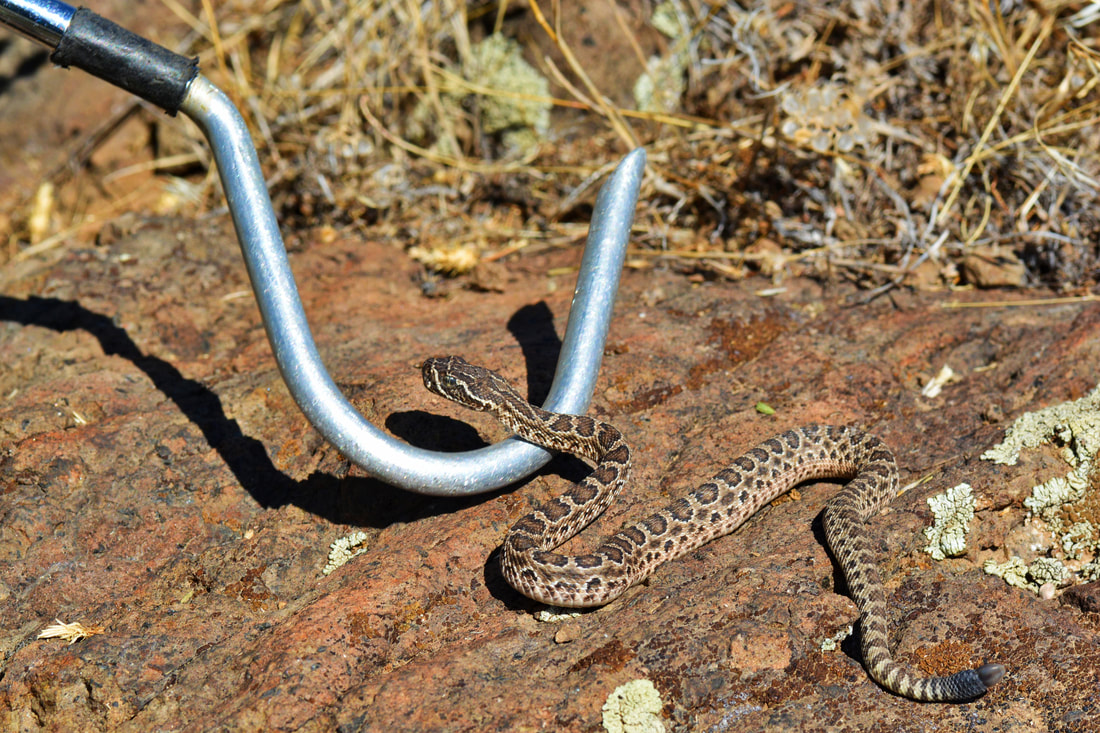
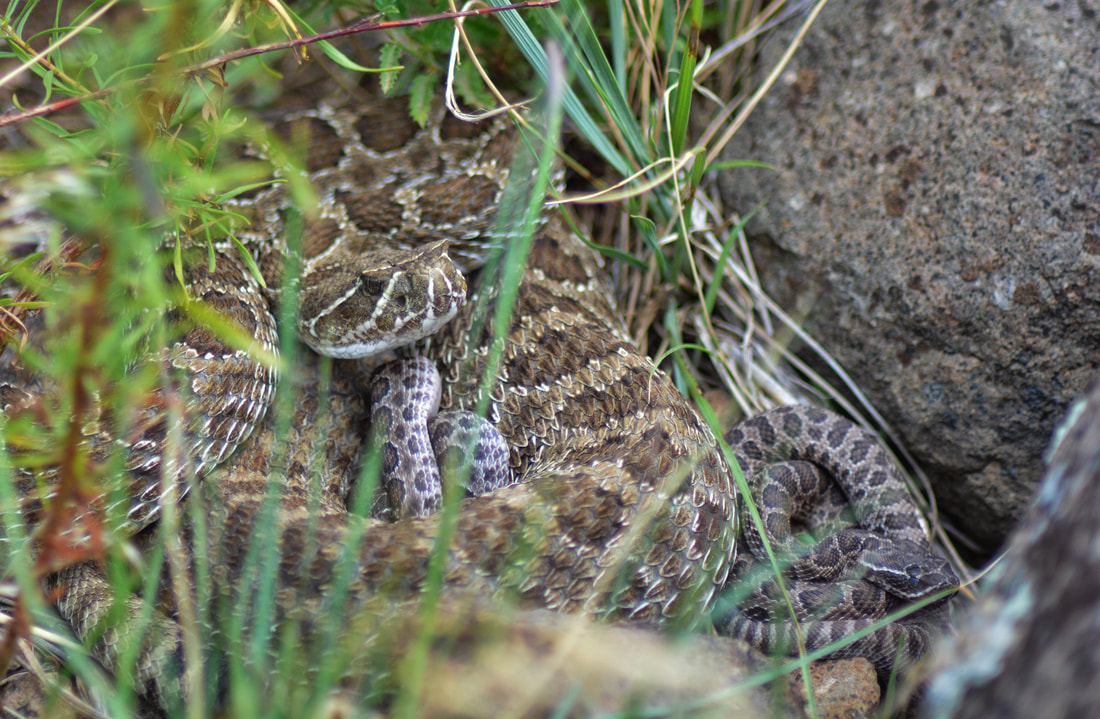
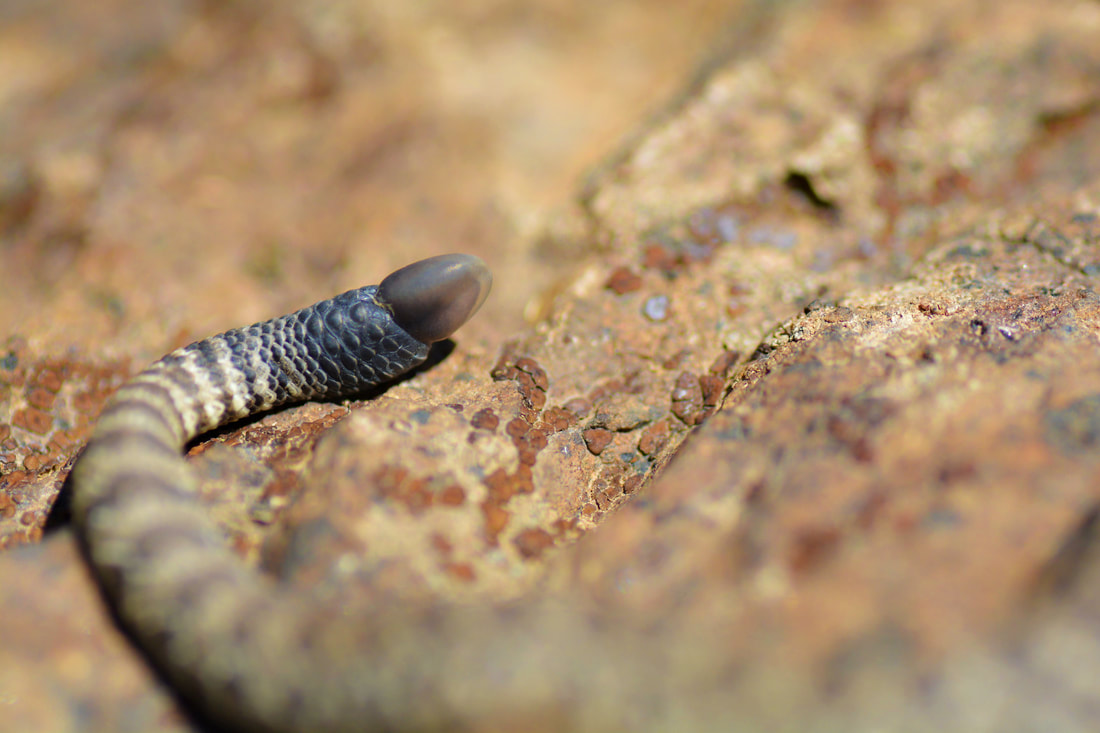
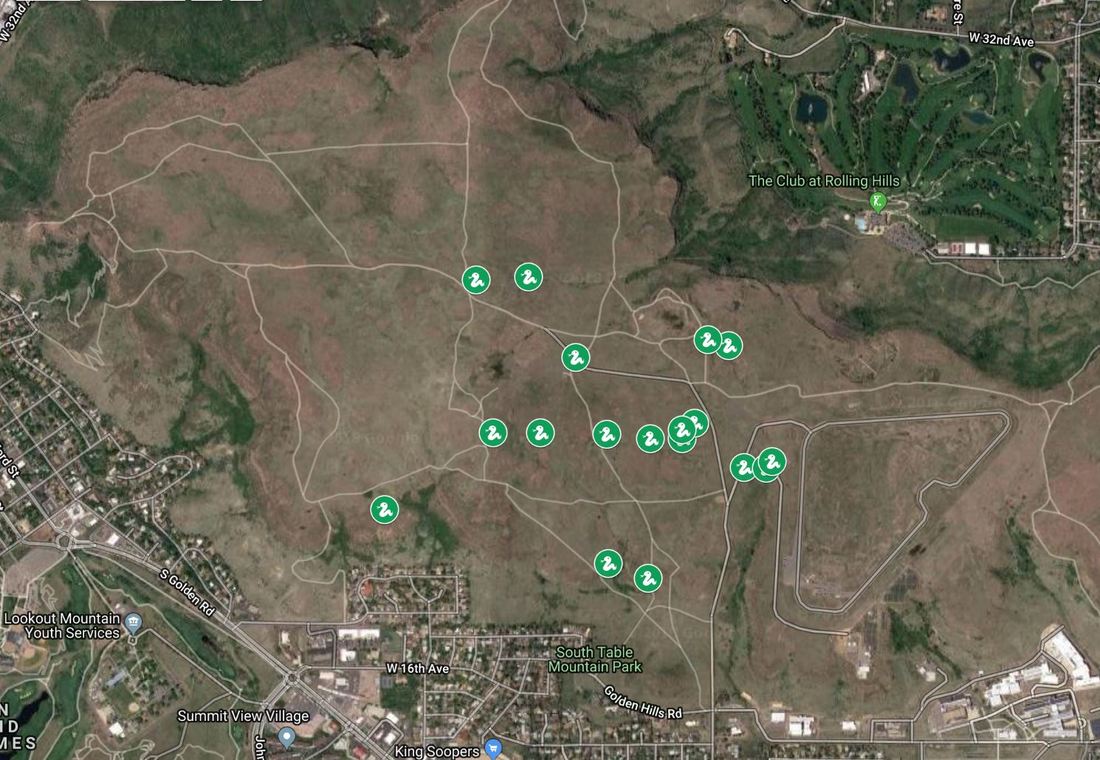
 RSS Feed
RSS Feed